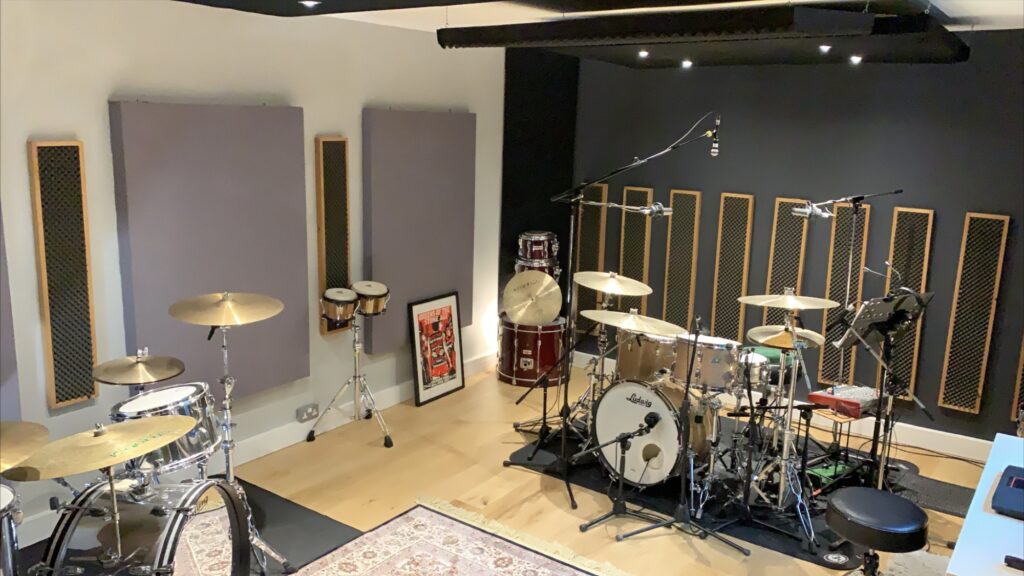In the realm of event hosting, conference halls stand as architectural canvases where ideas converge, connections flourish, and knowledge resonates. Beyond the visual grandeur, the auditory landscape plays an equally pivotal role in sculpting memorable experiences. Achieving acoustic perfection within these spaces requires meticulous engineering and an acute understanding of sound dynamics. In this article, we delve into the art and science of soundscaping conference halls, elucidating the principles, methodologies, and innovations that underpin the orchestration of auditory excellence.
Understanding the Acoustic Imperatives:
Conference halls serve as multifunctional spaces accommodating diverse events ranging from keynote addresses to musical performances. Each event necessitates a tailored acoustic environment optimized for speech intelligibility, music clarity, and audience comfort. Achieving this equilibrium entails meticulous attention to architectural design, material selection, and acoustic treatments.
Architectural Design:
The Foundation of Acoustic Brilliance: The architectural layout of a conference hall lays the groundwork for acoustic performance. Factors such as room shape, size, and surface materials profoundly influence sound propagation and reverberation characteristics. Design considerations may include the incorporation of diffusive elements, the strategic placement of reflective surfaces, and the implementation of variable acoustics mechanisms to adapt to different event types.
Material Selection:
Crafting Soundscapes with Precision: The choice of construction materials significantly impacts acoustic performance. High-quality sound-absorbing materials, such as acoustic panels, ceiling clouds, and drapery systems, are employed to mitigate excessive reverberation and control sound reflections. Furthermore, innovative materials with specialized acoustic properties offer tailored solutions for optimizing speech clarity and music fidelity.
Technological Innovations:
Engineering Immersive Experiences: Advancements in audio technology have revolutionized the way conference halls are soundscaped. State-of-the-art sound reinforcement systems, including line arrays, digital signal processing, and immersive audio formats, empower sound engineers to sculpt immersive auditory environments with precision and clarity. Additionally, integrated acoustic simulation software enables virtual modeling and real-time optimization of room acoustics, ensuring optimal sound distribution and coverage.
Best Practices in Conference Hall Acoustics:
- Prioritize speech intelligibility by minimizing background noise and optimizing reverberation time.
- Implement variable acoustics solutions to adapt the room’s acoustic characteristics to different event requirements.
- Integrate distributed sound reinforcement systems for uniform coverage and intelligibility throughout the venue.
- Utilize acoustic modeling software to simulate and optimize room acoustics before physical implementation.
- Regularly maintain and calibrate audio equipment to uphold optimal performance standards.
Contact Waseem Muhammad Technical Soundproofing Expert in Dubai: +971 50 209 7517
FAQs
How can conference halls accommodate both speech and musical performances effectively?
By implementing variable acoustics solutions, such as adjustable acoustic panels and movable partitions, conference halls can adapt their acoustic properties to suit diverse event requirements, ensuring optimal speech intelligibility and music clarity.
What role does room shape play in conference hall acoustics?
Room shape influences sound propagation, reflection patterns, and reverberation characteristics. Well-designed conference halls typically feature asymmetrical layouts and diffusive surfaces to minimize standing waves and enhance sound distribution.
Can acoustic treatments detract from the aesthetic appeal of conference hall interiors?
Not necessarily. Modern acoustic treatments offer a wide range of aesthetically pleasing options, including fabric-wrapped panels, decorative ceiling clouds, and architectural finishes designed to seamlessly integrate with the overall interior design scheme.
How can conference halls mitigate sound leakage to adjacent spaces?
Sound isolation measures, such as resiliently mounted walls, acoustic seals, and double-glazed windows, can effectively mitigate sound transmission between conference halls and adjacent areas, ensuring privacy and minimizing disturbance.
Are there specific regulations or standards governing conference hall acoustics?
Yes, various industry standards and guidelines, such as ANSI/ASA S12.60 and ISO 3382, provide comprehensive recommendations for designing and evaluating the acoustic performance of conference halls, ensuring compliance with established quality benchmarks.




